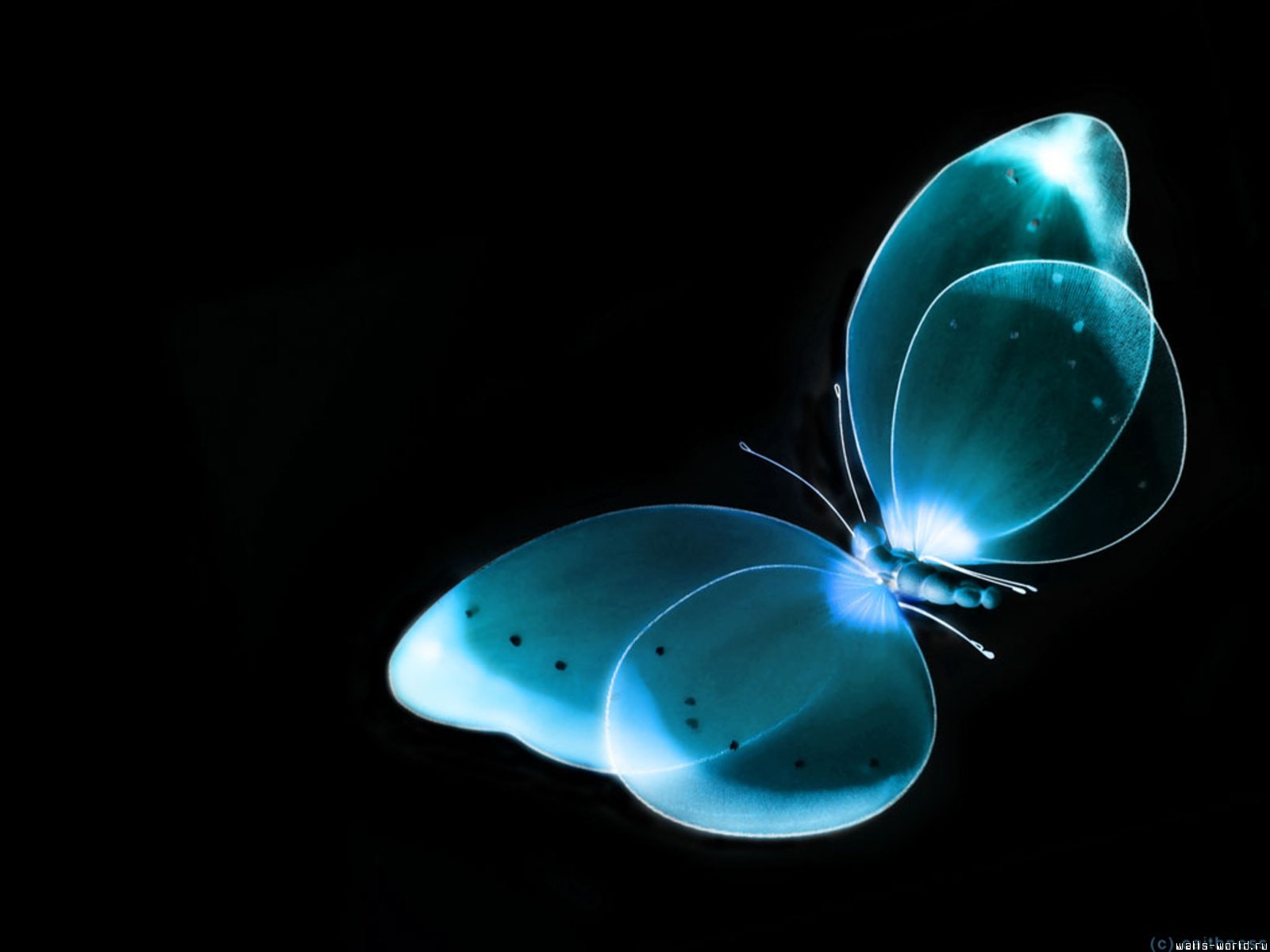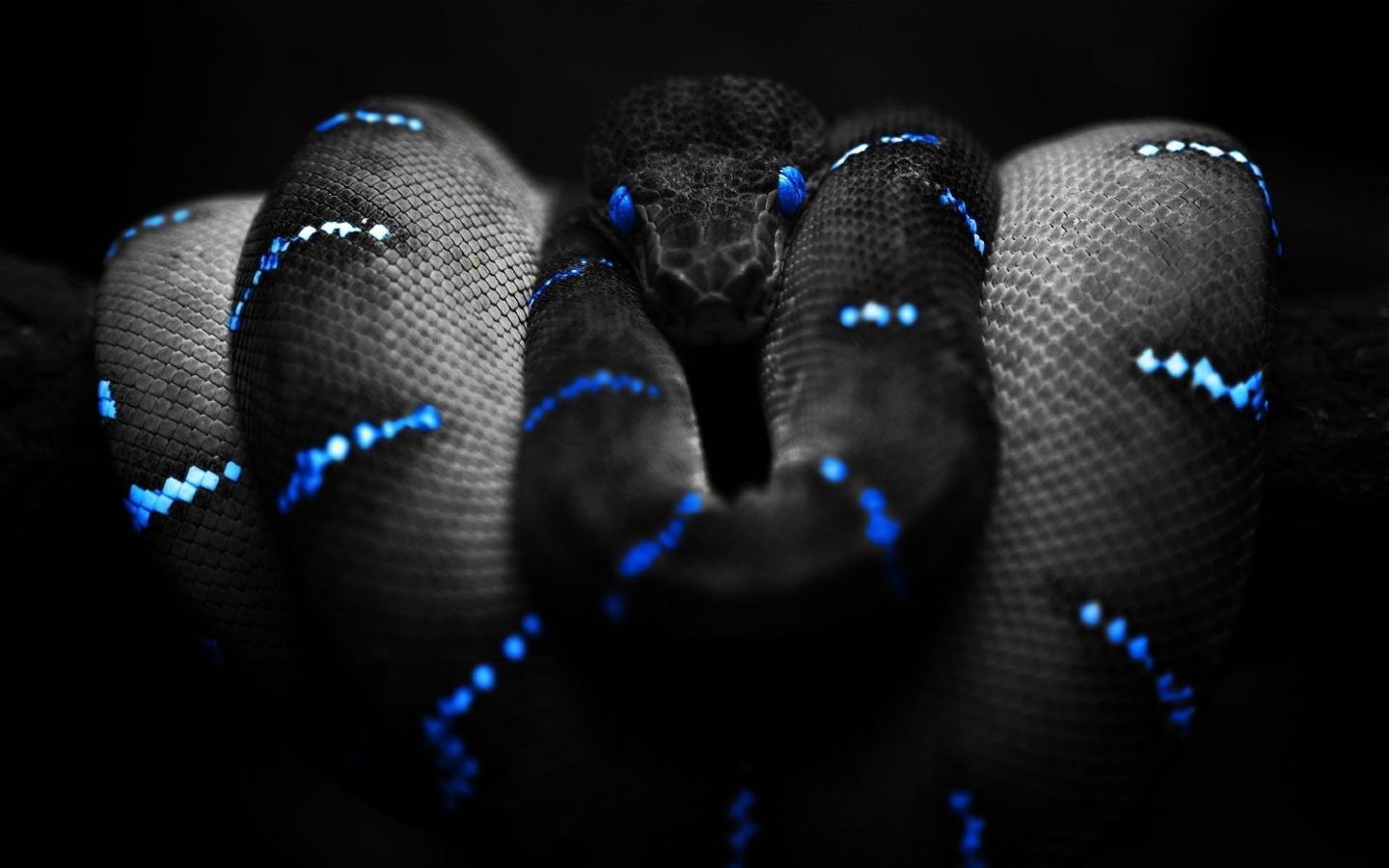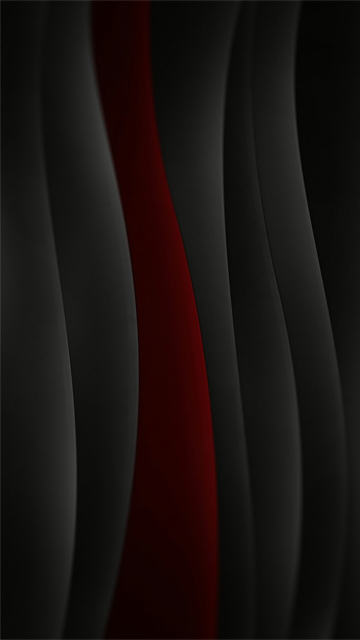
Inspiration is an important factor in interior design. Some designers look to a favorite outfit or painting as inspiration. Other designers take inspiration from a region or locale. Finding your inspiration is important in the creations of a successful and cohesive design. Inspiration doesn't need to be so complicated. It can be as simple as choosing a color scheme or preexisting design style.

An excellent starting point when creating an interior design is the choice of black and white wallpaper. Using this excellent color scheme for the walls will ensure that the design decisions you make in regards to furniture, art, and accessories will not rely on a specific color. In addition, these colors go with everything. Where your design goes after choosing the wallpaper is completely up to you.

Choosing a traditional pattern of wallpaper may lead to a traditional design. Or perhaps the traditional wallpaper becomes a soothing backdrop to a more modern design. If the furniture of the room is preexisting the choice of wallpaper can change how the decor relates together. A room that was previously highly traditional can become retro chic with the additional of unconventional wallpaper and furniture covers.

A new design style begins with the background. Having a pattern created with black and white will break up a room that is filled with solid colors or a monochromatic scheme. Have fun with pattern on the walls can be done in ways that wouldn't work on a specific piece of furniture. You can have your furniture blend into the wallpaper by sticking to black and white pieces. Or your furniture can stand out away from the wall with the use of color.

While this color of wallpaper is seen as elegant and sophisticated that does not mean it must follow traditional rules. An intriguing geometric labyrinth design is an excellent wallpaper to use in contemporary design. Use the wallpaper on a single wall and then repeat the pattern with similar fabrics on accent pillows. Bring the wallpaper off of the wall and use it in niches that are usually forgotten like the inside frames as art.

Using black and white wallpaper gives the designer a great starting point to creating superior home decor design. It creates a dynamic contrast that is the perfect backdrop for many different design styles and uses of color. Just as in fashion it can be paired with many different colors. Your design will go as far as your imagination will take you.

The fear of hidden mold gives rise to visions of mold remediation experts traipsing around inside specialized enclosures while demolishing your home at tremendous expense to you. If you have noticed moldy odors or water damage, perhaps it is time to consult with a mold expert. However, for the large majority of homeowners who have not noticed the symptoms of mold growth, now is the perfect time to start looking.

Most are familiar with Stachybotrys, the "toxic black mold", which is common to water damaged gypsum wallboard. This mold organism requires high moisture availability, known as water activity, to develop. Optimal growth is achieved at .98 water activity, which is a lot of moisture. Big black patches, powerful odor, and lots of water, usually make this mold hard to miss. The real danger of hidden mold is the ability for a small mold problem to develop into a large and expensive one before being noticed. Wallpaper can help make that possible.

Wallpaper is more than a decorative wall covering. In fact, any large surfaced item or treatment added to a wall, such as bookshelves , paint or wallpaper, can alter the vapor and thermal performance of a wall. This knowledge is particularly important for the perimeter walls of the home, but should be a consideration for some interior walls, as well. There are other factors to consider, but in general; moisture moves from warm areas to cooler areas. So, in the summertime, warm moist air tries to make its way indoors where it is cooler and, in the case of a bathroom, warm moist air from bathing activities migrates to cooler areas. A well designed wall will slow the progression of moisture through the wall and yet allow it to pass through before trapping too much moisture and encountering psychrometric conditions that would permit condensation. Many wallpaper types impede moisture migration at the most crucial location, the coldest surface of the wall. The obstacle also makes possible a higher water activity in the underlying wallboard that leads to hidden mold growth.

Long before the distinctive odors and black splotches of Stachybotrys manifest to any notable degree, other more insidious molds may develop. Some Penicillium molds thrive in climates with a water activity close to .70. Such growth can be quite extensive before any external clues are provided. However, there may be clues. Look for stains, not black splotches, but very faint red, yellow, blue or purple stains that can be mistaken for a fruit juice stain from an unnoticed spill. The mold stain can be small and circular, large and streaking, or a combination. Such observations will require further scrutiny to determine if there is mold growth under the wallpaper. Look closely for these stains to be associated with areas where the wallpaper has lost adhesion. Mold needs adequate nutrition to survive. Wallpaper adhesive can make excellent mold food and once eaten, bubbles appear where the wallpaper no longer sticks. If you see bubbles, but not stains, a more invasive approach is needed. With your wallpaper repair kit handy, use a razor blade to cut the wallpaper and inspect for underlying mold. Anything other than clean wallboard is suspicious. Mold can be many colors and even colorless. So, observe carefully.

Once you have discovered that you have hidden mold, it's time to determine to what extent the mold has developed. Determining the moisture source or psychrometric catalyst is paramount in estimating the size of the damaged area. You may find that the damage is small and limited to an area around a leaking window, air conditioning unit or associated with a vent blowing cold air directly on the area.

When cleaning the moldy area, it is best not to remove the wallpaper. Gypsum wallboard harboring mold growth is generally not considered salvable and removing the wallpaper will only serve to enable the trapped spores to become airborne. Depending on the size of the damaged area, it may be necessary to construct barriers around the work area to prevent the spread of mold spores to unaffected areas of the house while the damaged wall is being removed. Ideally, a timely home inspection will catch the common occurrence of hidden mold before it has grown to epic proportions.


